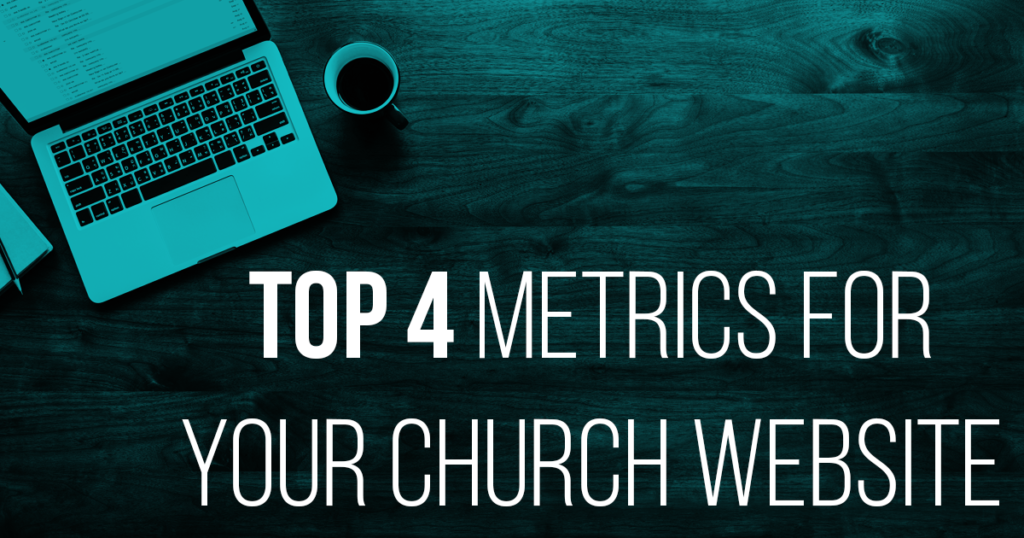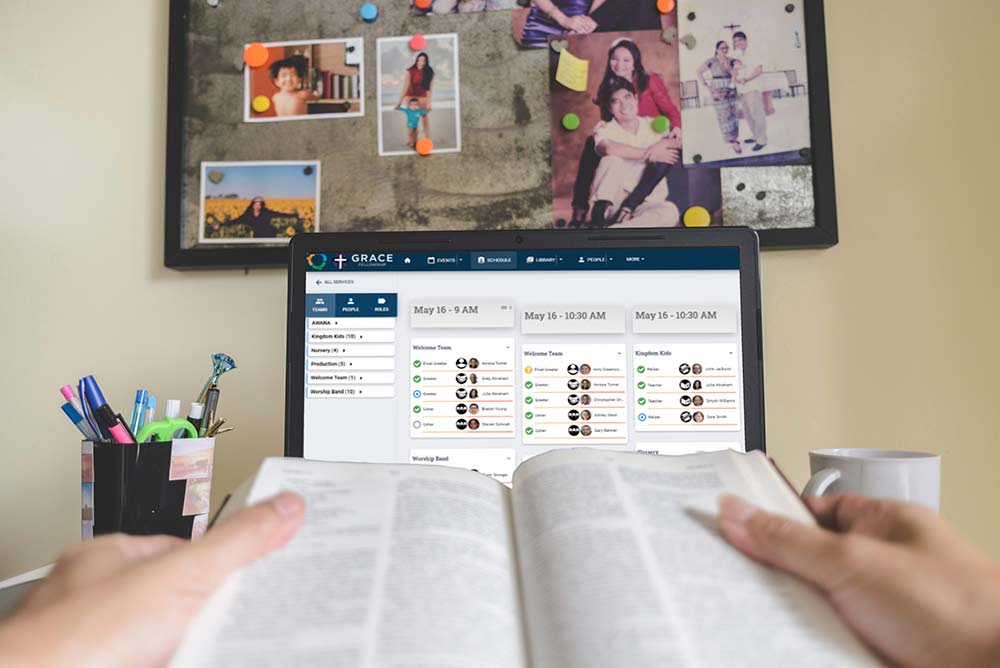
So, your church has a website. That’s great, but is it working for you?
The only way you can really answer that question is through data. Just as you do in your church with metrics such as attendance, if you want to get the most out of your website, you should be keeping up with certain data points so that you can be sure that your site is doing its job for your church. This type of data is more formally known as Key Performance Indicators or KPIs. The specific KPIs that your church tracks depends largely on the goals your ministry team has for the website, but here are four smart KPIs you can start with.
1. Most Viewed Pages
This number will provide clear insight into what your online visitors are most interested in. If most of your visitors are going to the small group finder, it’s a good indication they want to connect with others. If they are mostly viewing your videos, they may be interested in what services are like. Knowing your most viewed pages will show you where to focus your efforts.
If one page has a large number of views, but people tend to frequently leave your site after viewing the page (this is also known as your bounce rate), this should tell you that this particular page needs work. Clearly there is interest here, but the content on the page isn’t what they’re looking for. Update or change the content and see if your bounce rate decreases.
2. Conversion Rates
Calls-to-Action (or CTAs) are invitations for your users to interact with your church through the website. This generally takes the form of buttons with messages like “sign up now.” When someone clicks on a button like this requesting more information, they are said to “convert.” The more conversions you get from these interactions, the more opportunities you have to gain potential members.
If your conversion rates are low, meaning people are not acting on these calls to action often enough, it could be the wrong CTA for that page, the CTA could be too hard to find, the wording isn’t clear enough, or you are attracting the wrong audience.
By monitoring your conversion rates, you can get a better sense of what offers your members are ready for, what wording motivates them, and what pages they convert from. Knowing this information means you can change, replace or eliminate CTAs which can help you increase your conversion rates and ultimately gain more contacts.
3. Traffic
This metric not only tells you how many people are coming to your site, but where they are coming from and how long they are staying.
Some typical sources for traffic are:
- Organic search (when someone enters a keyword into a search engine and your website pops up)
- Referrals from other websites (when someone has a link to your website on their website)
- Social media
- Direct traffic (when someone types your url directly into the search bar)
- Email marketing
- Pay-per-click (PPC) (Any paid traffic campaigns)
For example, if you’re site is seeing a lot of traffic from social media or email marketing, then you know those methods are successful and you can put more of your resources there. If you’re running PPC campaigns, such as Google AdWords, but not seeing the traffic from them, you may decide to stop advertising on those platforms.
4. Online Giving
Giving is a very important metric for churches and online giving is easy to measure through your online giving platform.
Knowing when, how often and how much your members are giving can help you set goals around your online giving. This data is critical to your overall plan to increase giving in your church. Use what you find here to try new ways to encourage people to give online and set up recurring giving.
Remember that your church’s values and goals will determine the exact KPIs you track for your website. So that everyone is on the same page, it’s best to sit down with your church leadership team and write down those goals and what type of data will give you the best view of your progress. Once you have established those KPIs, make sure that you check those metrics frequently so you can make adjustments on the fly and get the most out of your church’s website.
Let us help you set up a custom website for your church. Find out more here.




